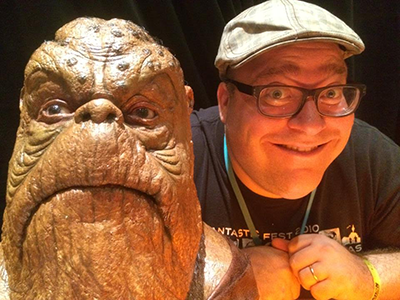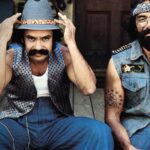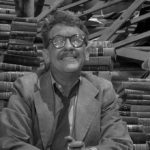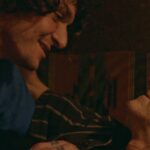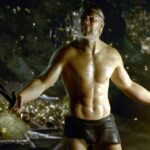The original cut of this movie changed my life. The first “art film” I saw in the theatres (twice) — this may have been the first movie that effected me in equal parts for its story as well as its cinematic technique. It is an explosion of visual and aural delights that have never been matched. Part of the dissatisfaction with “Kundun,” I recall, was that it all paled in comparison to “The Last Emperor.” The famous shot early on, where the yellow curtain billows up and the young Emperor runs to play with it and the camera tracks in to reveal his worshippers — that shot, that MOMENT — I assign you the task of finding me three other shots in all of cinema as breathtaking. (I’d also like to point out that this shot contains no computer or digital effects, Mr. Peter Jackson.) I’m hardly someone who gets that excited over clothes, but the costumes in this movie had my jaw open — and not just the traditional Chinese costumes. The whole second half of the movie — after they leave the Forbidden City — may be less obviously glitzy, but it is not in any way lacking in tremendous artistry. The director’s cut takes the 2 hr 40 min picture and inflates it to 3 hrs 40. Some of the added scenes provide some neat backstory at the top of the film, but the bulk of the additions are, frankly, boring political scenes of Pu Yi in Manchuria before WWII. Not only does it bog the movie down, it sends it spiralling off focus, making the original film’s symbolic, Shakespearean storyline too specific. The movie is still wonderful, but this bloated mid-section in the “director’s cut” takes “The Last Emperor” from the “A” or even “A+” it deserves to an “A-.”


